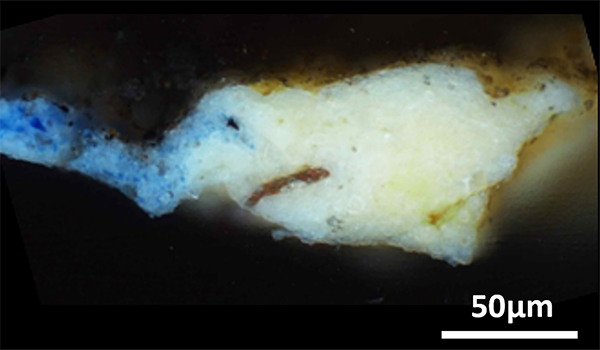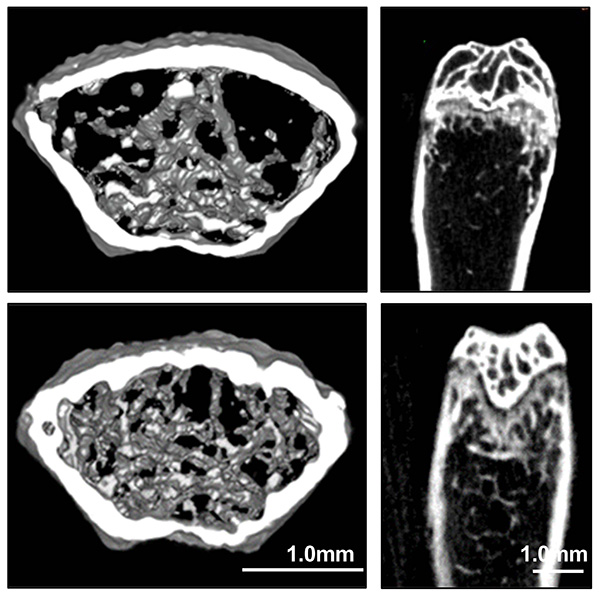Cannabis sativa, more commonly known as marijuana, has recently seen increased use and cultivation alongside widening legalization. Meanwhile, its non-psychoactive cultivar cousin, hemp, has long been used as a source of sustainable, natural fibers. Below are some recent papers published in ACS journals that blaze new trails into marijuana and hemp research. Reporters can request free access to these papers by emailing newsroom@acs.org.
"Minor, Nonterpenoid Volatile Compounds Drive the Aroma Differences of Exotic Cannabis"
ACS Omega
Oct. 12, 2023
The aroma of dried C. sativa leaves is often attributed to a class of chemical compounds called terpenes. However, these researchers found that the terpene content is similar between strains that smelled wildly different. Instead, they propose that other odorants including esters, alcohols and sulfur-containing molecules are responsible for the unique aromas. The team attributed a “strong, sulfuric, petroleum-citrus aroma” to one group of sulfur-containing molecules for the first time. This work could help classify the ever-increasing number of marijuana varieties, the researchers say.
"Natural Straw–Hemp-Reinforced Hybrid Insulation Materials"
ACS Applied Engineering Materials
Oct. 11, 2023
Hemp is a fast-growing, sustainable crop that provides natural fibers for clothing, rope, and now, building insulation. By reinforcing hemp fibers with wheat straw, this team has improved the fibers’ naturally insulative properties, creating a plant-based, insulative nanocomposite. In tests, the material acted as a flexible, water-repellent thermal insulator, and almost all of it could be recovered and reused. The researchers hope the composite will make building materials that are more environmentally friendly and economical.
"Hemp-Based Electronic Textiles for Sustainable and Wearable Applications"
ACS Sustainable Chemistry & Engineering
Oct. 3, 2023
Electronic textiles, or e-textiles, are becoming a popular form of wearable technology. And like traditional electronics, manufacturing e-textiles can involve toxic chemicals and complicated processes. To make the process more sustainable, researchers coated hemp fibers with reduced graphene oxide and polypyrrole to create a highly conductive yarn, which was flexible and durable even in varying environmental conditions. When connected to a power source, e-textiles woven from the hemp yarn were able to successfully warm the wearer or monitor their movements.
###
The American Chemical Society (ACS) is a nonprofit organization chartered by the U.S. Congress. ACS’ mission is to advance the broader chemistry enterprise and its practitioners for the benefit of Earth and all its people. The Society is a global leader in promoting excellence in science education and providing access to chemistry-related information and research through its multiple research solutions, peer-reviewed journals, scientific conferences, eBooks and weekly news periodical Chemical & Engineering News. ACS journals are among the most cited, most trusted and most read within the scientific literature; however, ACS itself does not conduct chemical research. As a leader in scientific information solutions, its CAS division partners with global innovators to accelerate breakthroughs by curating, connecting and analyzing the world’s scientific knowledge. ACS’ main offices are in Washington, D.C., and Columbus, Ohio.
To automatically receive press releases from the American Chemical Society, contact newsroom@acs.org.
Note: ACS does not conduct research, but publishes and publicizes peer-reviewed scientific studies.







